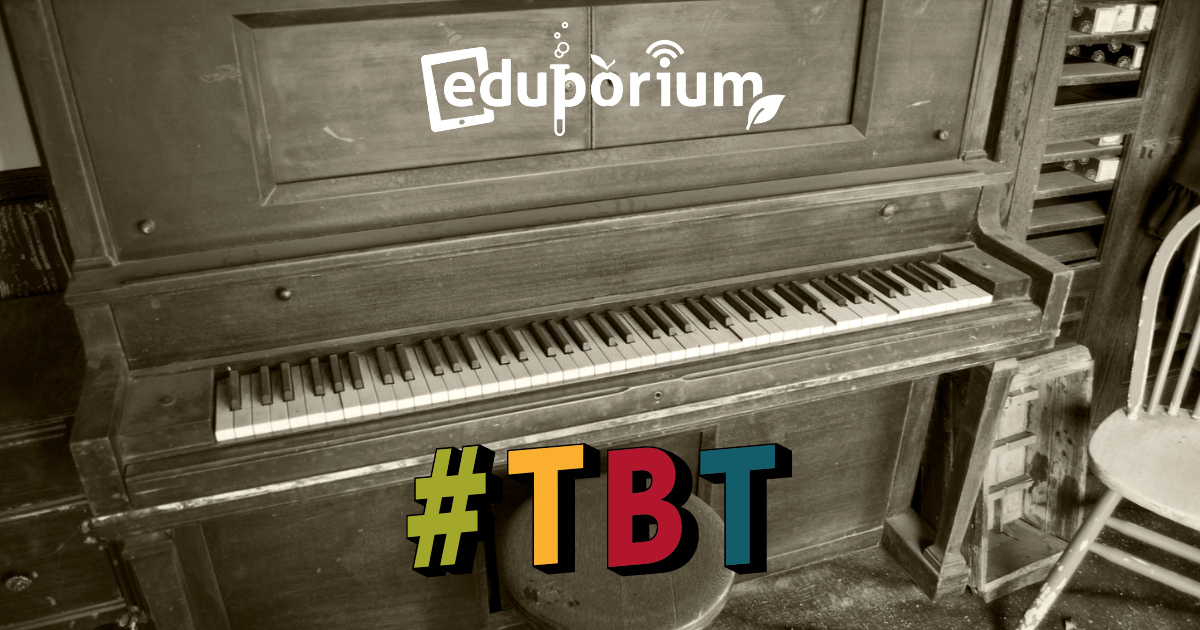Ever call someone and accidentally hear a conversation between two people you've never met, you just happened to tune in to their phone line? Or imagine switching your walkie talkie to a channel and getting not your partner's voice, but someone else's?
As far as I understand it, one of the mechanisms developed to prevent interference or unauthorized connections, especially between devices connected by radio waves, is called frequency hopping. The first patent on this concept was submitted by George Antheil and Hedy Lamarr—a musician and an actress! In 1942 they submitted a patent that was originally intended to prevent interference in the remote control of torpedoes, which could easily be turned off course if a ship sent a strong signal at the same frequency as the torpedo.
How?
The basis of the idea was the large perforated rolls of paper present in player-pianos used to play sequences of notes. Antheil and Lamarr imagined using the same rolls of paper to define a sequence of radio frequencies. So, both the base station and the receiving object (torpedo, in this case) would have the same roll of paper with the same sequences of perforations in order to “know” which frequencies to transmit (in the case of the base station) and which frequencies to “listen” and receive on (in the case of the torpedo).
As player piano rolls had 88 rows of perforations (matching the 88 notes on a piano), Atheil and Lamarr’s frequency-hopping system would employ a random sequence of 88 frequencies. Back in the day, trying to jam all 88 frequencies would be too complex and require too much power, so their frequency-hopping system was an effective method against interference! This method is now the basis of modern mobile telephony, including the 3G, GPS, and Bluetooth wireless standards.
To learn more about this subject, take a look at their patent, U.S. Patent #2292387 A, and also, the following tutorial on frequency-hopping spread-spectrum methods.
The black and white images in the article are from Antheil and Lamarr’s patent application— really beautiful technical drawings!
Happy Throwback Thursday!



